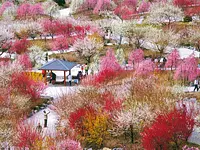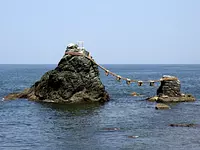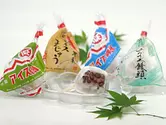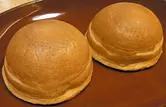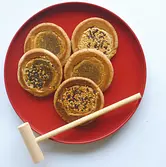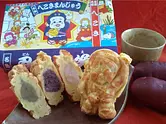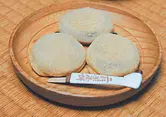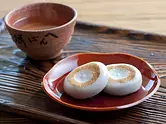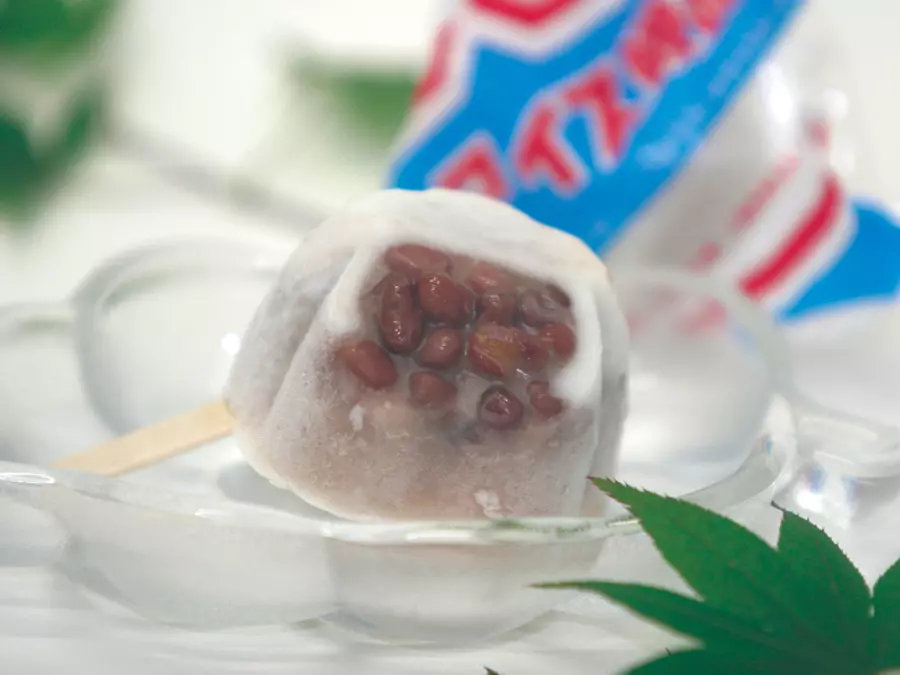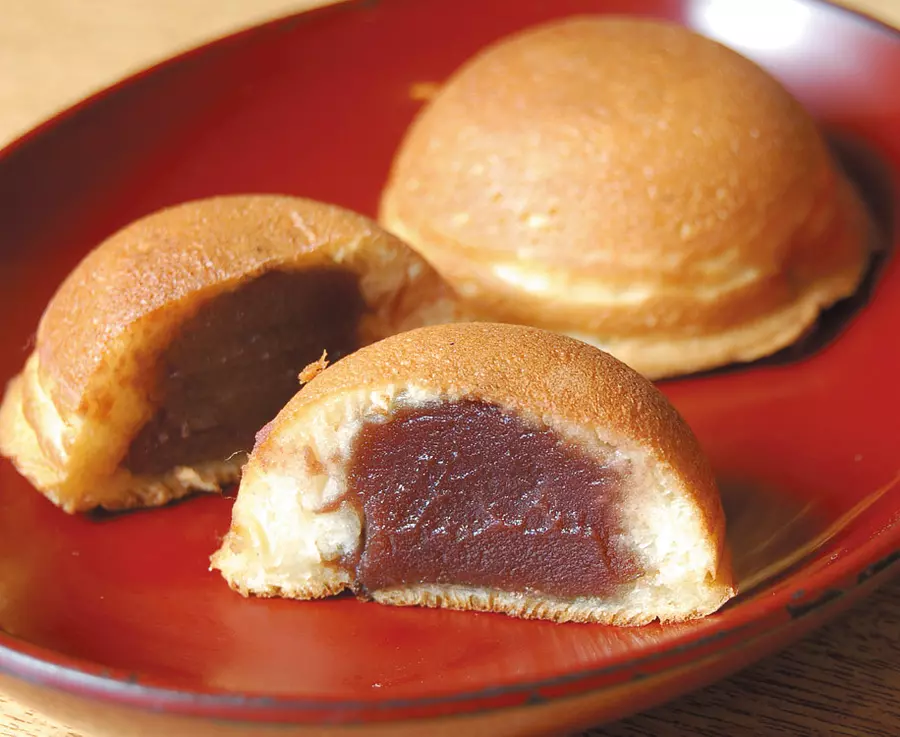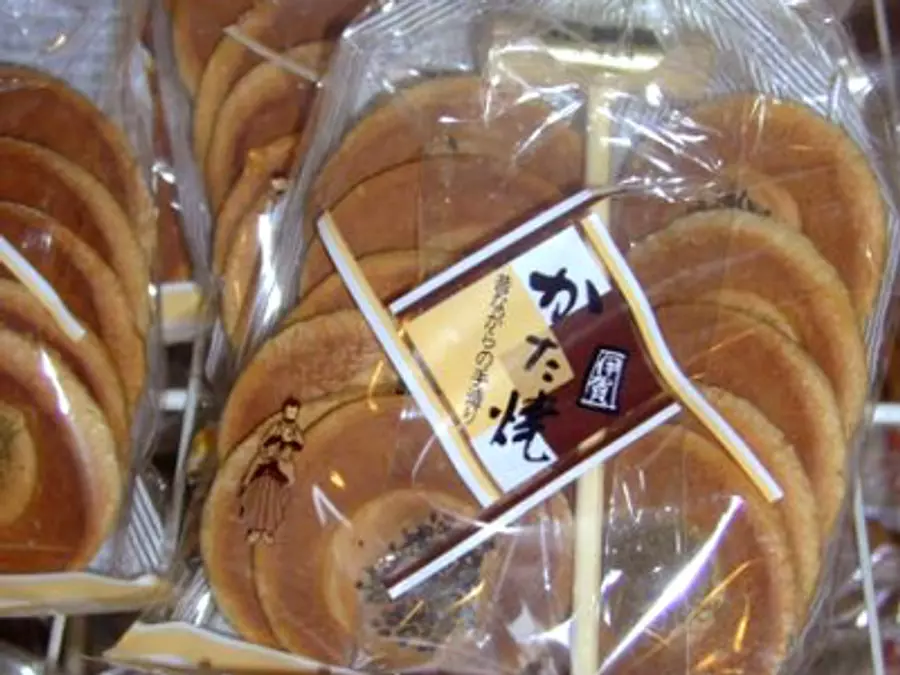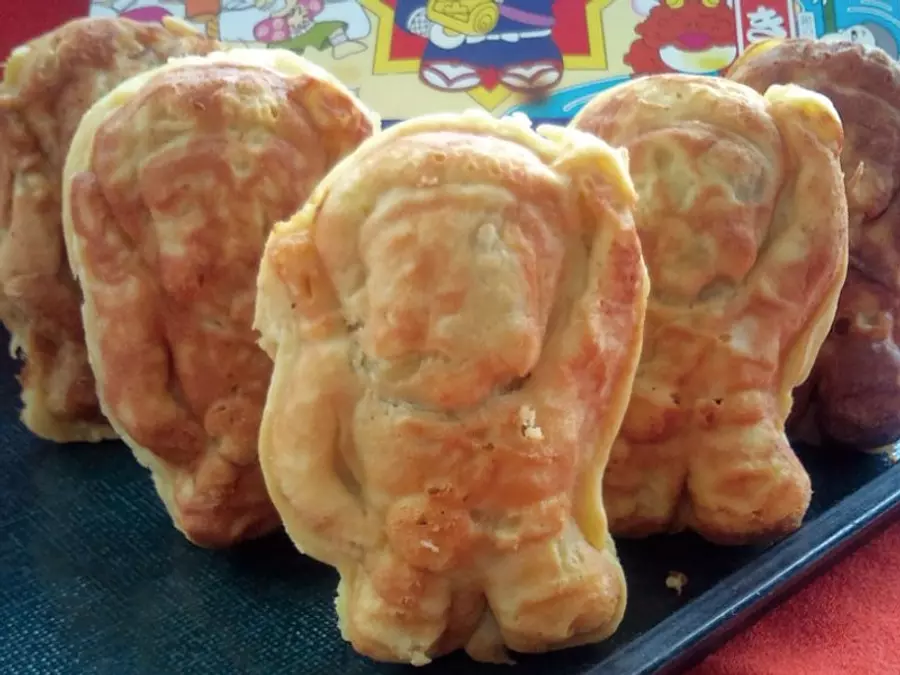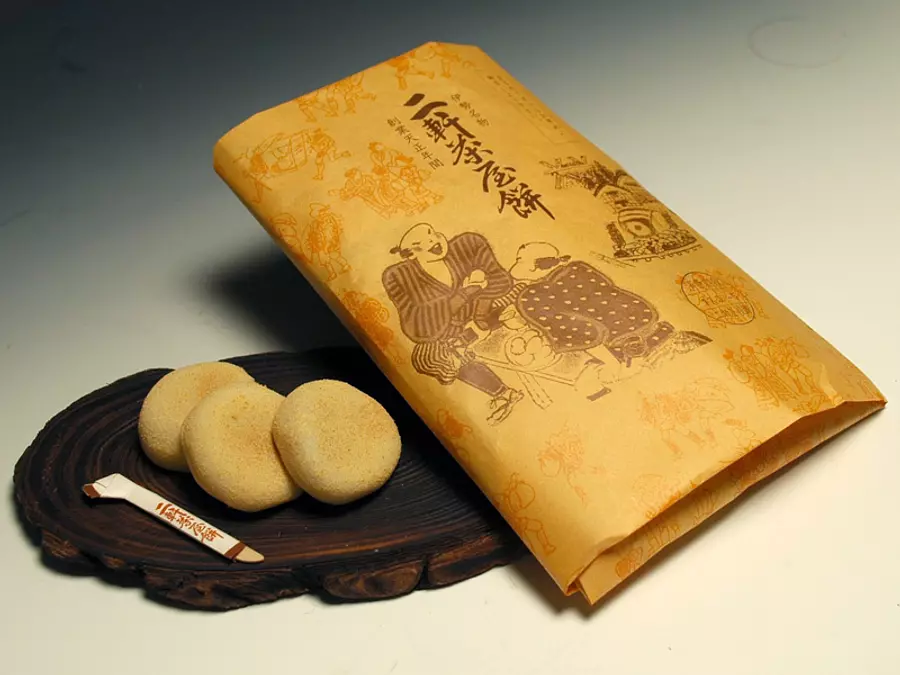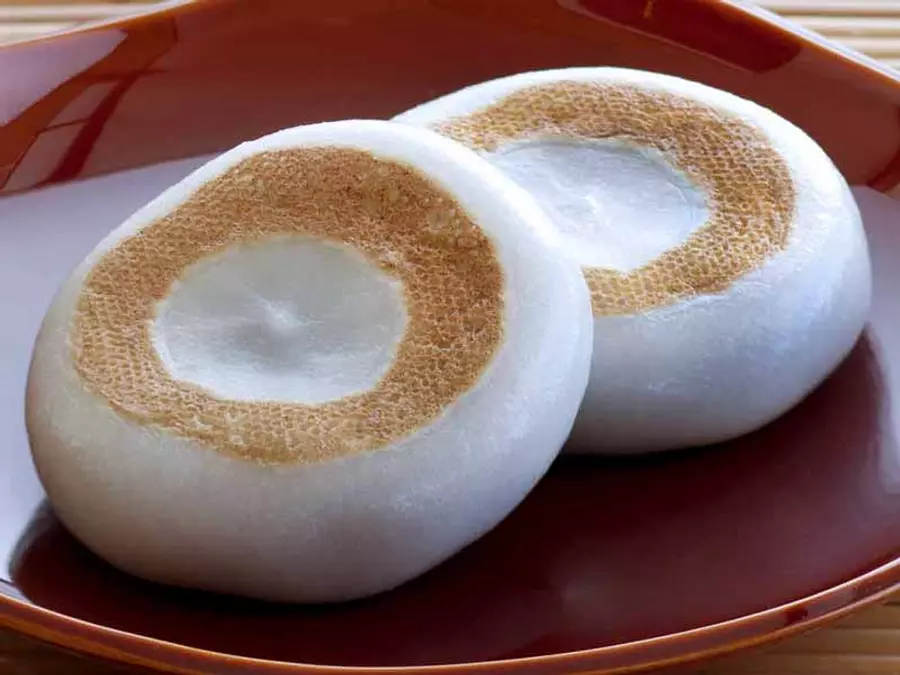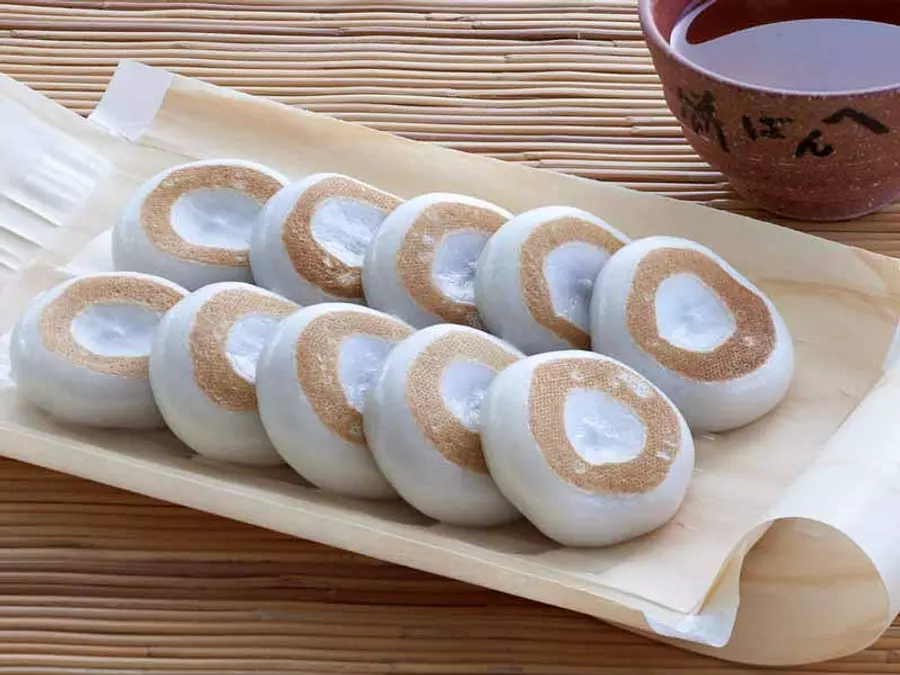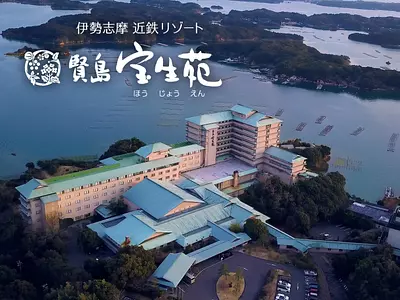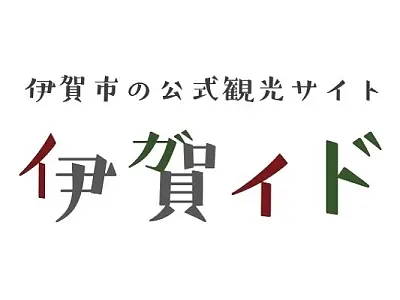Special feature on recommended souvenirs and specialties that are popular in Mie Prefecture!
掲載日:2016.07.31

We will introduce popular recommended souvenirs, specialties, and sweets from all over Mie Prefecture that you will want to take home when you go on a trip.
Mie Prefecture has long been called ``Miketsukuni,'' a land of food, and is famous for its rich natural environment and as a treasure trove of seafood and mountain ingredients.
There are many souvenirs from IseCity 's Akafukumochi to TsuCity 's Heijisenbei and Matsusaka beef. When you return from a visit to Ise or visit the World Heritage Site of Kumano Kodo, be sure to buy some souvenirs from Mie Prefecture that will become a hot topic!
index
Yasunaga-Mochi (KuwanaCity)
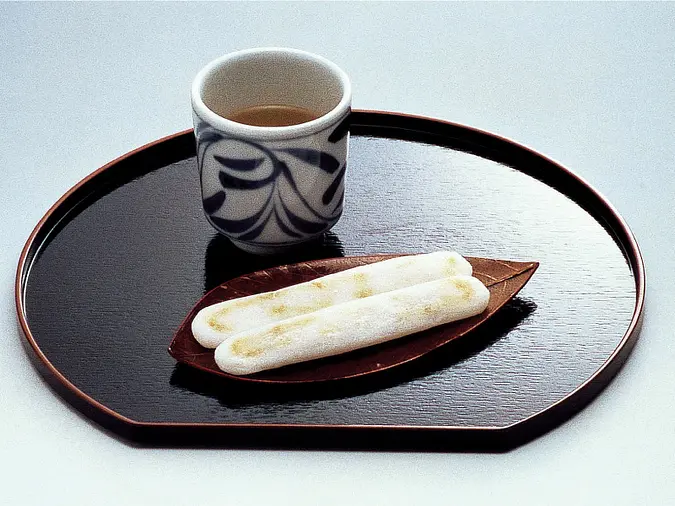
The mochi is rolled out into a long thin strip and filled with sweet bean paste, giving it a slightly browned appearance. It is said that during the Edo period, when people landed from Atsuta at ShichirinoWatashi Watashi in Kuwana, they ate this flat, fragrant mochi, which was also called ``cow tongue.'' Since then, we have made many improvements and achieved the current taste. No additives are added, so you can enjoy the original flavor of mochi. In Kuwana, it is delicious to grill and eat hard Yasunaga-Mochi! Some people say.
Ice Manju (KuwanaCity)
Ice Manju is a frozen dessert that has been made in KuwanaCity for over 60 years. It has a nostalgic taste that is loved by locals as a summer staple. The red beans are surrounded by milk, which is considered to be the "stuff and skin of the bun." It's a simple popsicle, and it's a little hard at first, but it's still delicious.
Marbled Matsusaka Beef Shigureni (KuwanaCity)
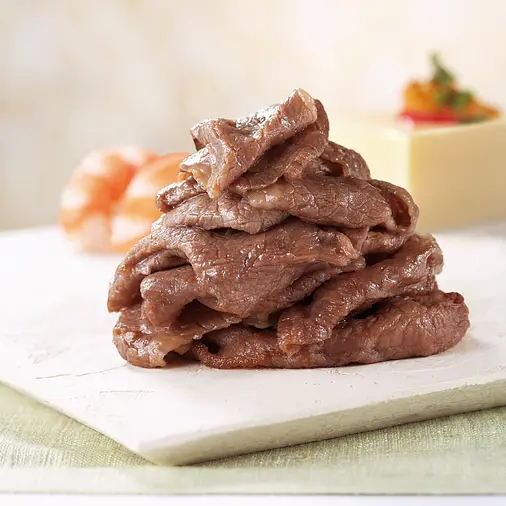
Founded in 1894. ``Kakiyasu'', a long-established Matsusaka beef restaurant that started as a single beef hotpot shop 140 years ago, has created a masterpiece using Kuwana's traditional cooking method (shigure-ni).
Naga-Mochi (YokkaichiCity)
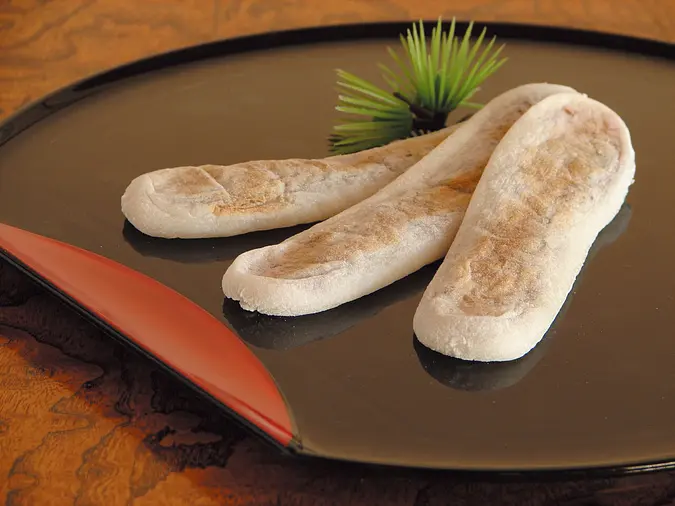
A mochi filled with red bean paste that is shaped like a cow's tongue. It is lightly grilled on both sides, and is said to have been eaten by travelers traveling along Tokaido during the Edo period. It has been sold as a souvenir for Ise pilgrims since ancient times.
Sekinoto (KameyamaCity)
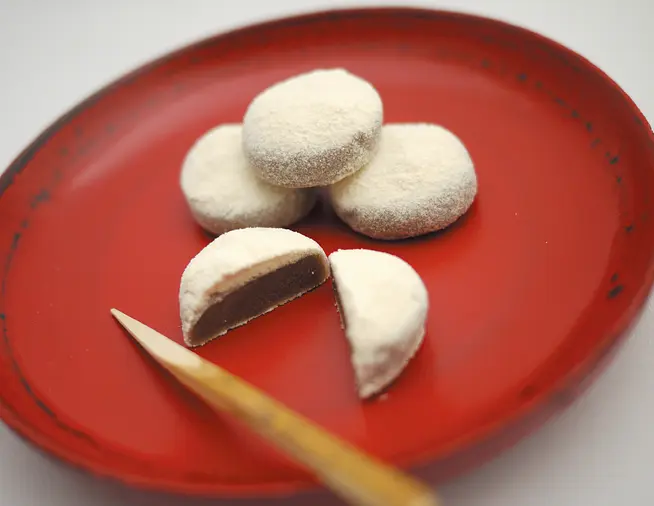
Sekinoto is a famous confectionery that was invented and founded in the Kanei era by the founder, Yasushige Hattori Iyo, and has continued to be made for about 350 years. It is a mochi confectionery made of red azuki bean paste wrapped in white gyuhi skin, and the top is sprinkled with Wasanbon, a specialty product of Awa. It is said that its appearance resembles the white snow that falls on the Suzuka mountain.
Heijisenbei (TsuCity)
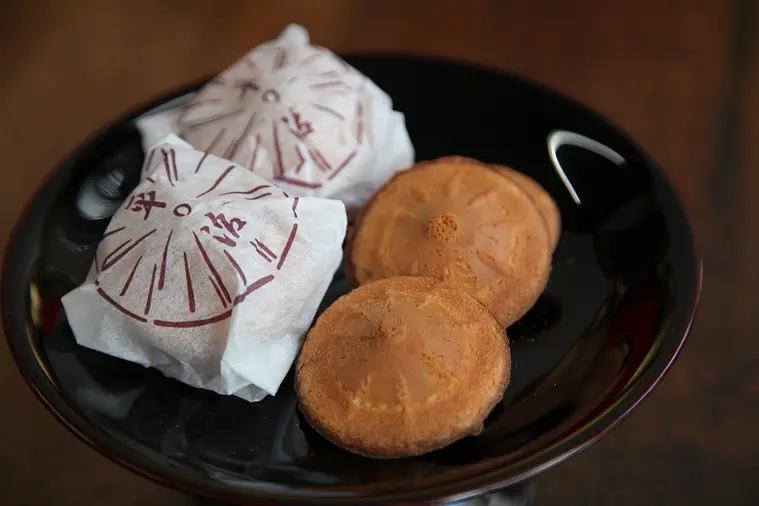
This egg rice cracker is modeled after Heiji's forgotten ``kasa'', which has been famous for a long time due to the legend of akogi Heiji, a famous confection created using a traditional manufacturing method that has been cultivated through history and tradition. It is known as TsuCity 's famous confectionery and is a standard souvenir for locals. It is loved by people of all generations for its smooth, simple and light taste.
Hachimitsu-Man (TsuCity)
Established 45 years ago, this famous manju was created by the founder of Mizutani Bee Farm with the desire to make honey more accessible. When you bite into a freshly baked piece, the skin is crispy, and the strained red bean paste inside is piping hot with a slight honey flavor. Locally it is affectionately known as ``Hachiman'' and is a Tsu soul food that is easy to eat due to its affordable price.
Strawberry Daifuku (TsuCity)
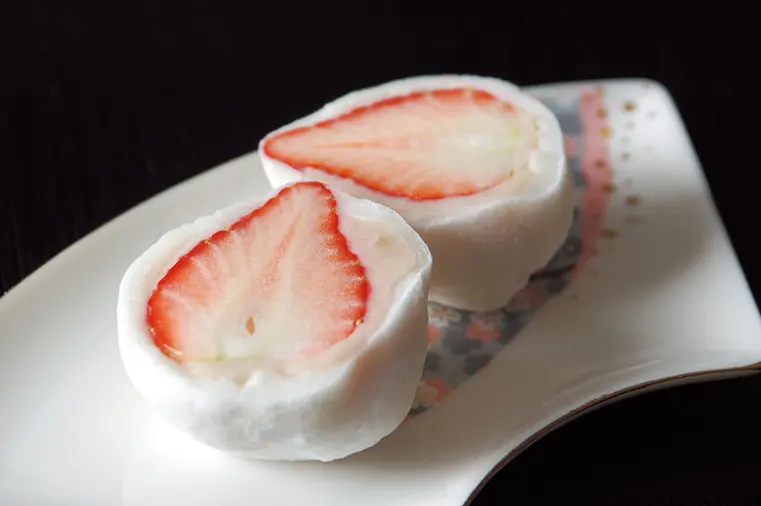
The harmony of large fresh strawberries and sweet white bean paste is an exquisite dish.
(November to mid-May)
Okin-Mochi (Taki Town TakiTown)
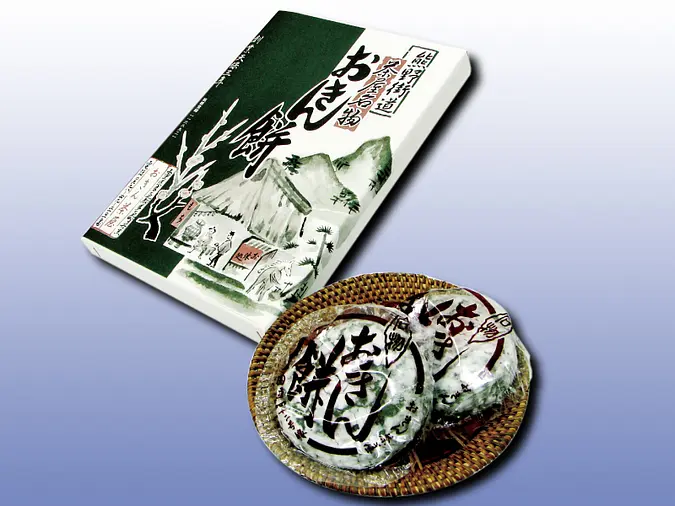
In the past, there used to be an old woman named Okin in this teahouse, which was crowded with people visiting IseJingu Betsugu Shrine and its annex, Takiharagu Shrine. It became very popular among travelers and came to be called Okin-Mochi. It is popular for its silky soft texture.
Chochi Yokan (IgaCity)
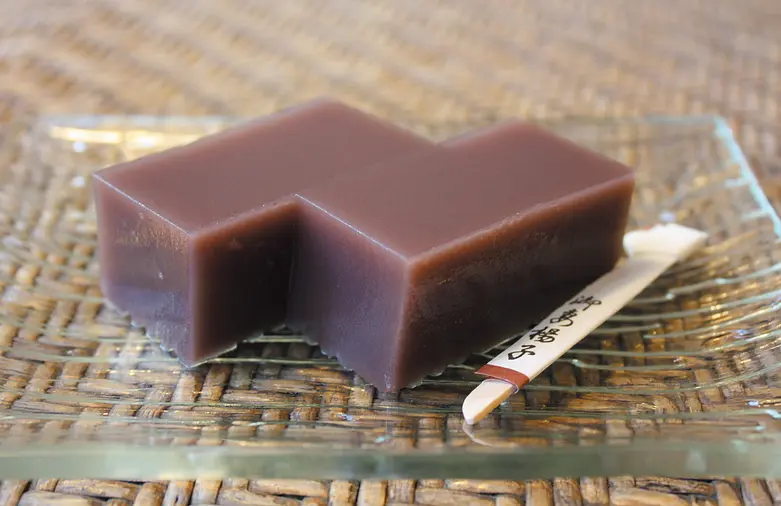
In the late Edo period, when Chochi was washing a yokan pot, he poured water into the pot and mixed it with the remaining yokan, and the yokan soaked up the water, creating something similar to the current Chochi yokan.
It came to be called ``Chochi yokan'' because Chochi liked to eat it.
Katayaki (NabariCity)
Katayaki is called ninja and is said to have been a portable food for Iga ninja in the past. Because it has a long shelf life, it was valued as an excellent preserved food on the battlefield.
The ingredients are flour, sugar, sesame, etc., and are highly nutritious, and there are no additives, so you can enjoy them with confidence. It is a famous confectionery representative of the simple Iga region, with just the right amount of sweetness, aromatic aroma, and chewy texture.
HekokiManju (NabariCity)
A Japanese-style sweet filled with sweet potatoes in the shape of a famous ninja from TheAkame48Falls. The name may surprise you, but once you eat it, you will be satisfied with its deliciousness. This is a standard product not only for locals in NabariCity but also for those who come to TheAkame48Falls. Although it is a small shop, there are times when there are many people lining up at the front. In addition to HekokiManju with only dough, there are various types such as those with grained bean paste, cream cheese, and apple. You can take it home, so you can heat it up at home and eat it, but we recommend eating it freshly!
Akafukumochi (IseCity)
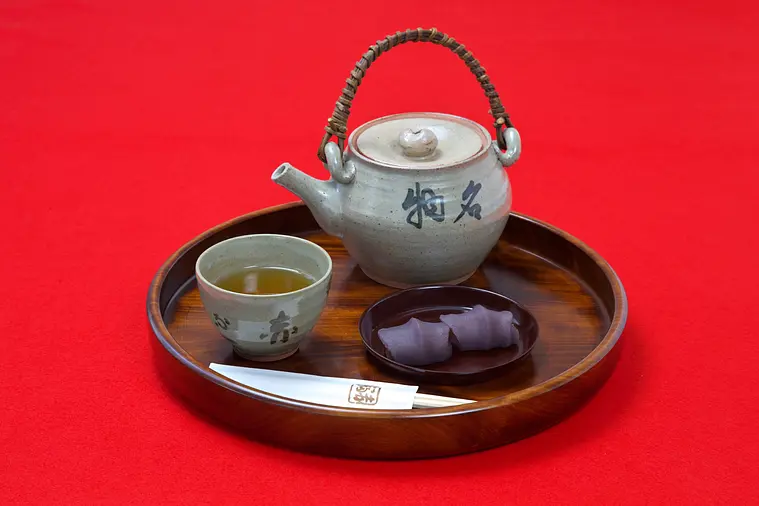
It is an old-fashioned gabled building with a gold sign that says it was founded 4 years ago, and the appearance of three large red stoves boiling water gives it an elegant appearance, and the traditional taste has been preserved to this day. The white mochi represents pebbles at the bottom of the river, and the three stripes on the bean paste represent the clear streams of the Isuzu River. The name comes from the word 'Akashin Keifuku'. (Akashin means sincerity, Keifuku means rejoicing in happiness)
Nikenjaya-Mochi (IseCity)
A thin rice cake filled with azuki bean paste and sprinkled with soybean flour. During the Edo period, visitors from Mikawa, Owari, and Totomi would cross Ise Bay by boat and land at Nikenjaya. This rice cake was born at the boat dock for people visiting the shrine by boat. On the 25th of every month, brown sugar bean mochi will be sold for a limited time.
Related information
Taikoshusse-Mochi (IseCity)
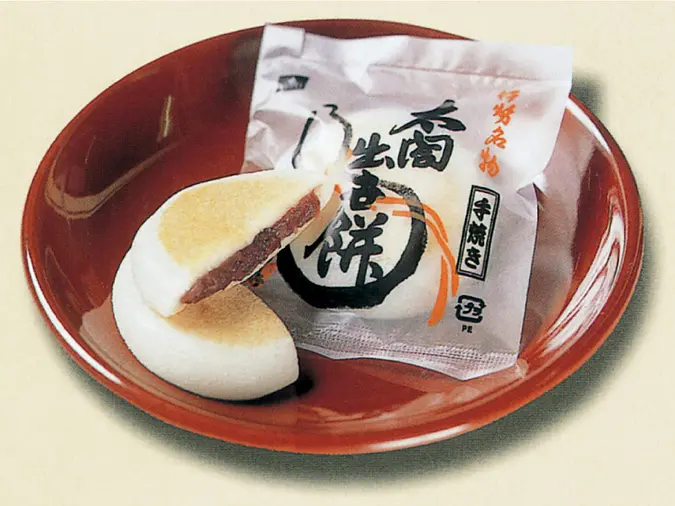
Taikoshusse-Mochi'' is made by wrapping red bean paste that has been cooked to an elegant sweetness with freshly made mochi and giving it a light brownish appearance. The name is said to have come from the fact that Hideyoshi, the ruler of Japan, praised it as ``delicious.'' At the shop near UjibashiBridge in Ise, you can relax and enjoy mochi while drinking tea, making it the perfect place to take a break from walking. This is a little-known spot located just a short distance from the approach to the shrine, right near Naiku UjibashiBridge.
Kamiyo-Mochi (IseCity)
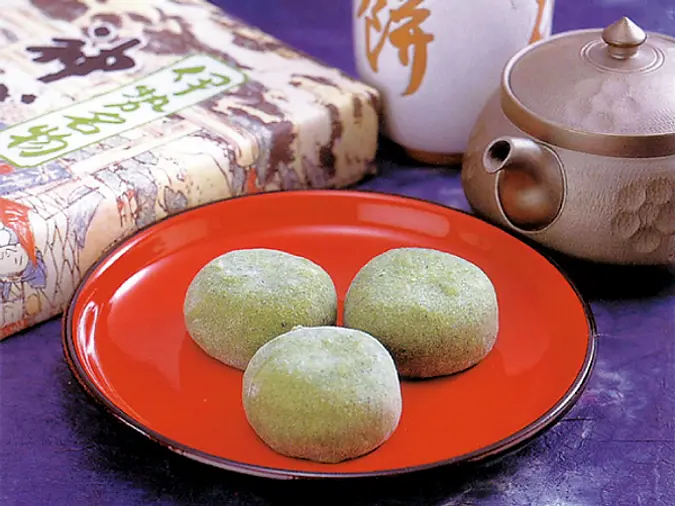
A bite-sized rice cake made with natural mugwort and filled with moderately sweet mashed bean paste. Kamiyo-Mochi, which has a refreshing herbaceous aroma, is an authentic Kusa Mochi that uses only natural mugwort for its color and aroma, and has been made using only the blessings of nature without using any additives.
Iwato Mochi (IseCity)
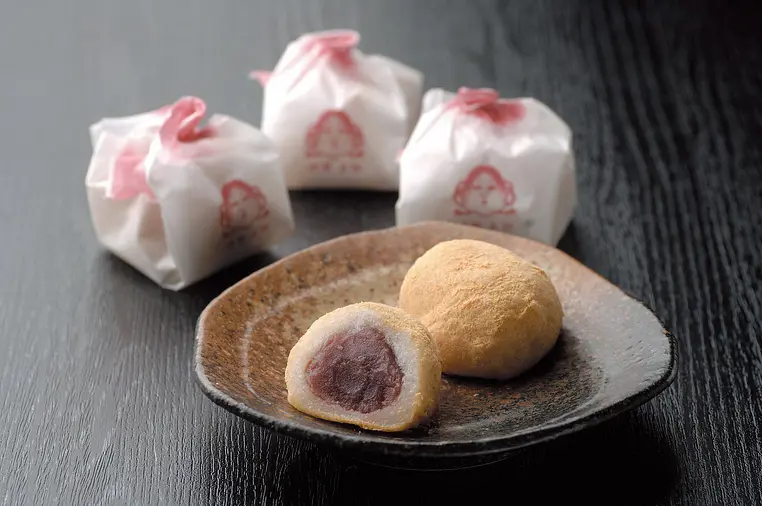
It was created with all our heart, in honor of the auspicious ancient event of Iwato Kagura, where the Tencho Onna no Mikoto was danced in Japanese mythology. A delicious rice cake made with azuki beans from Hokkaido and sprinkled with soybean flour. They are sold as Ise souvenirs at Oharai-Machi, which was founded in 1902 and is located at the Oharaimachi entrance, with the Otafuku signboard as a landmark.
Toraya Uiro (IseCity)
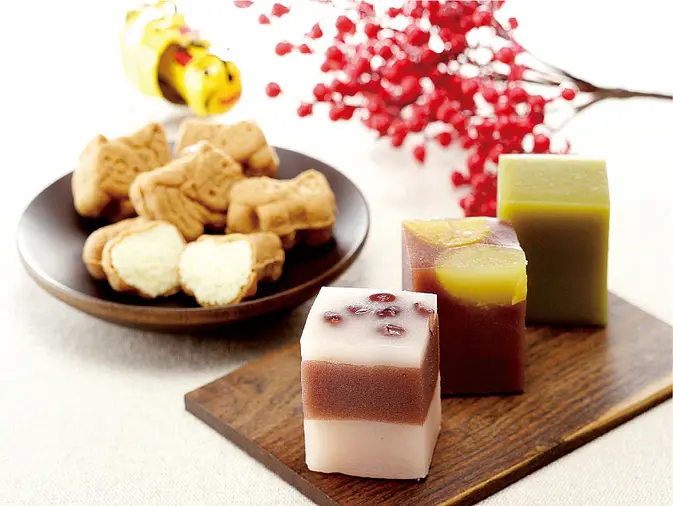
Toraya Uiro, which has an exquisite chewy texture and refreshing sweetness, has eight standard varieties, as well as seasonal limited editions.
In addition to the main store, there are two stores (Naiku branch and Isuzukawa store) located at Ujiyamada Station, Toba Station, Oharai-Machi.
Henba-Mochi (IseCity)
A long-established Japanese confectionery store that has been around for over 200 years since its founding along the approach road. It came to be called Henba (return the horse) mochi because visitors to the shrine returned their horses in front of the Miyagawa ferry. This rice cake is made by wrapping strained red bean paste in a dango skin made by steaming fine grained fresh flour, and the sweet and fragrant rice cake is grilled to a golden brown. All materials are domestically produced and use carefully selected high quality materials.
Sawa-Mochi (ShimaCity)
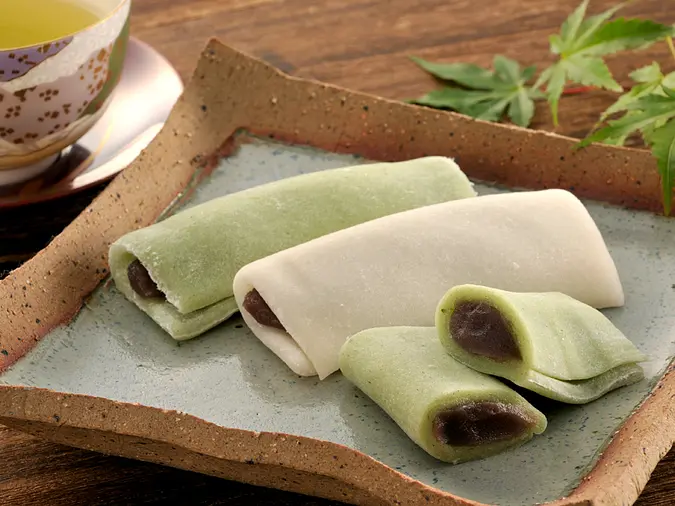
A rice cake that has been passed down in the Shima region since ancient times. This famous confectionery is made by wrapping strained red bean paste in a soft rice cake and is known for its subtle sweetness. Quietly popular for its old-fashioned, simple taste.
Kinko (ShimaCity)
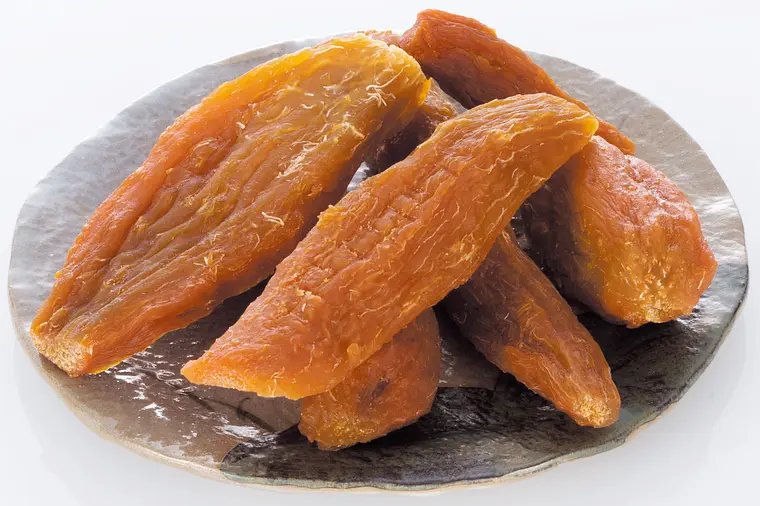
This is a food that is good for beauty and health and contains a lot of vitamin A, which is made by boiling Hayato potatoes and drying them naturally.
A local food that has been eaten as a snack by children and divers since ancient times!
Mid-December to end of January (seasonal period)
Wasanbon Horori (Ubutado) (KumanoCity)
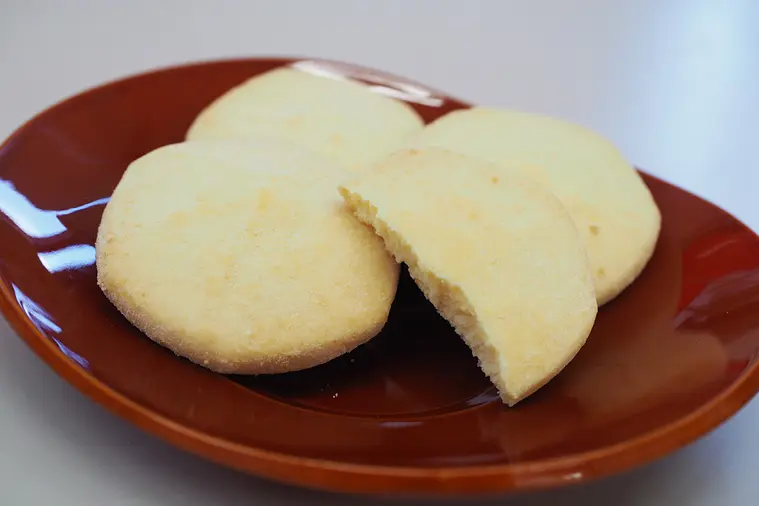
This shop is proud of its products, which are made using carefully selected ingredients such as domestically produced flour and red beans. Wasanbon Horori uses only the best ingredients, including Koshihikari rice from Kumano and high-quality butter, and it melts in your mouth like a rakugan. It goes well with Japanese tea, as well as coffee and black tea.
| Category | |
|---|---|
| season |
